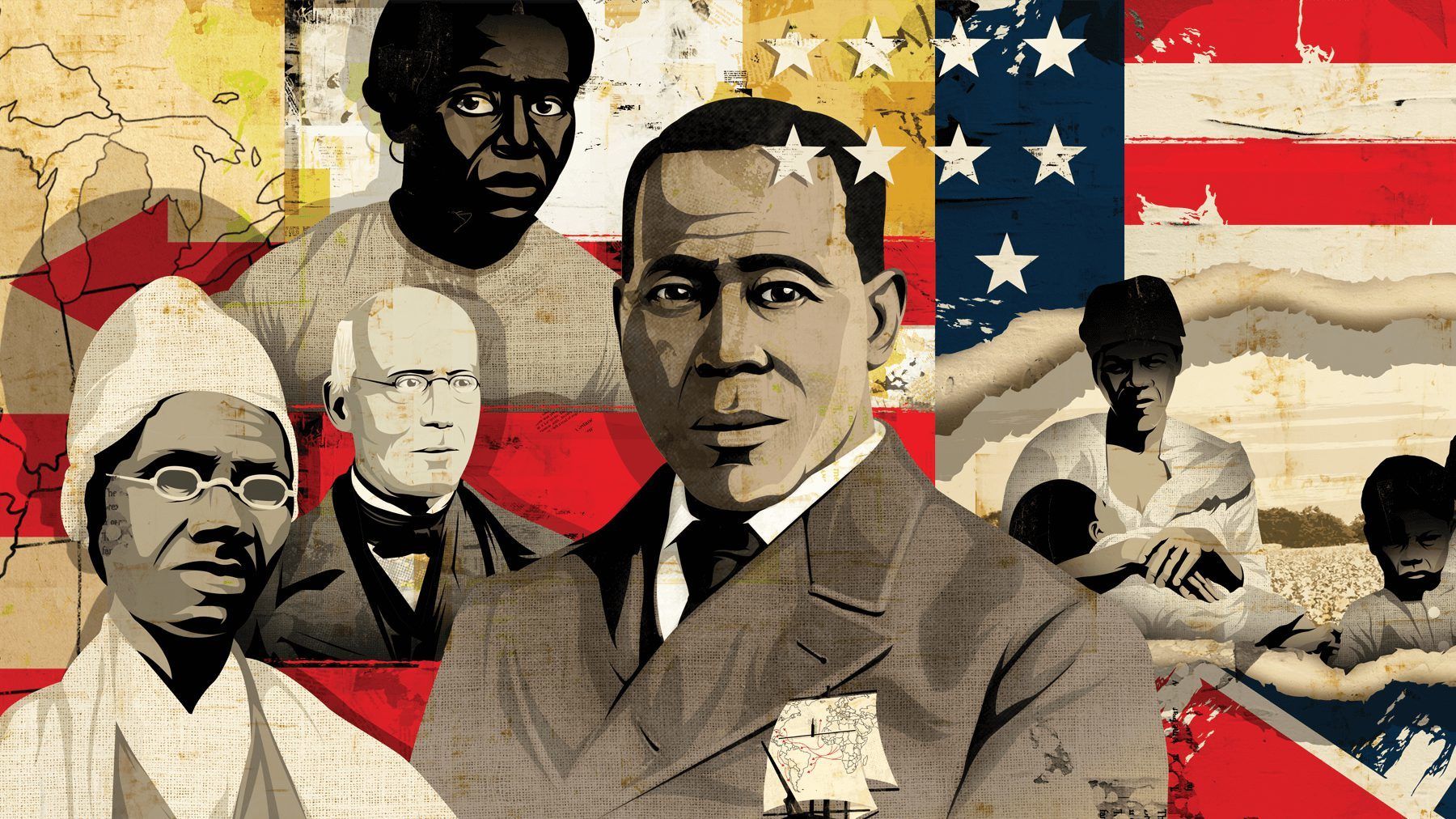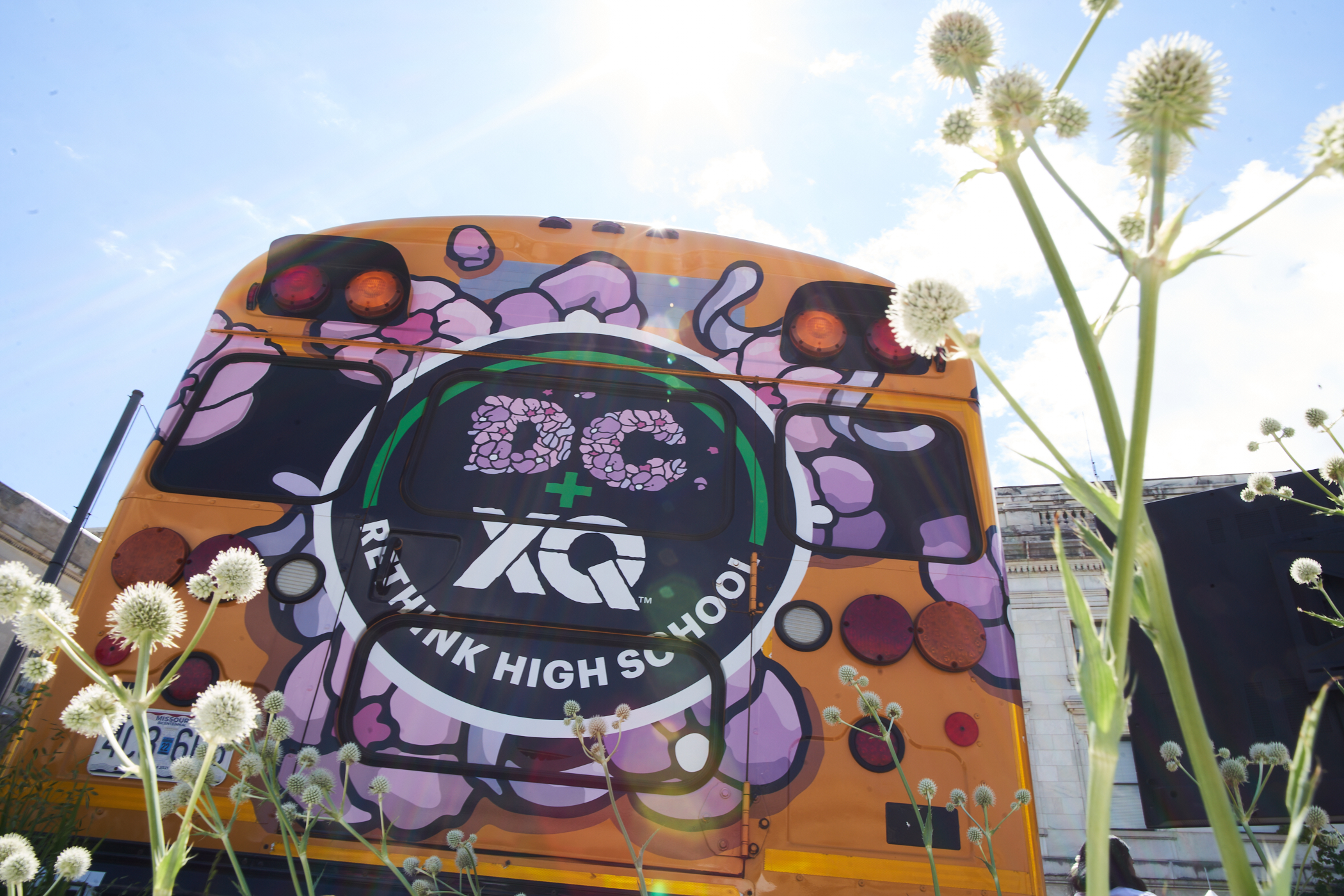Young people, adult issues
Tech-enabeled projects, teaching hard history, and helping students cope. 5 resources to help you start the week in your classroom.

In this issue, we’re exploring strategies for providing students safe places to discuss mental health issues like anxiety and depression, sharing resources for teaching hard history, supplying methods for giving students the confidence to ask for help, delving into the positive potential of new research findings on social and emotional development in adolescents, and exploring tips for developing digital literacy in young learners.
1. Care: Anxiety isolates—how to help students cope.
With anxiety and depression on the rise among adolescents, it’s critical for schools and educators to have a strategic approach to support students during times of need. When counselors from El Cerrito High School’s James Morehouse Project observed that more and more students identified anxiety as a chief concern, they decided to get proactive about the issue. Beginning in the 2018-19 school year, they started an anxiety group where students can “discuss their anxiety, gain confidence that they aren’t the only ones struggling, and learn coping strategies.” In addition to the group, they also provide a litany of professional resources, as well as advice for how parents can help their kids with anxiety and other mental health issues.
2. Push: Facing American history head-on.
The history of America is complicated and complex, something textbooks don’t always reflect. To help fill the gaps, Teaching Tolerance’s Teaching Hard History provides resources that provide students with “an honest account of our nation’s history.” Within are videos that cover the key concepts of American slavery, as well as materials for teaching hard history for students in grades K-5 and grades 6-12. By starting where the stories begin, learning, too, can begin.
3. Trust: Giving students the confidence to ask for help.
If students don’t realize they need help in the first place, how are they supposed to know to ask for it? When we commit to educating and assuring young people that asking for help is welcome, we can help stem the negative impacts on academic performance and self-esteem the silence of confusion creates. In a recent post by Edutopia, they list 5 easy-to-incorporate tips to help students not only understand how they learn best, but how they can become advocates for their own learning:
- Strengthen students’ metacognition
- Help students understand that teachers want to help
- Brainstorm conversation starters
- Create a secure environment
- Help students see themselves as capable of success
4. Grow: The fantastic flexibility of the adolescent mind.
When it comes to the development of social and emotional skills in adolescents, current research is finding that changes in adolescent brains “present young people with unique opportunities for positive, life-shaping development, and for recovery from past adversity.” Thus, when it comes to social and emotional skills, it’s important to acknowledge that the brains of young people are both unique and dynamic; “optimally designed to meet the many changes and challenges that youths encounter.” By celebrating the flexibility and unpredictability of youth development, we can better adapt our approach to social and emotional learning (SEL) programs for adolescents.
Photo | GettingSmart
5. Engage: Tech-enabled projects for young learners.
Technology is present just about everywhere these days, including the classroom. And while 63 percent of K-12 teachers use varying forms of technology in their classrooms, students use it passively 60 percent of the time, rather than using it to “practice the higher-level technology skills that are required for many jobs.” By using the SAMR model in tandem with the following three projects that promote storytelling online, students can hone their foundational skills in keyboarding, digital literacy, and digital citizenship while amplifying their ideas:
- Sharing digital literacy insights through blogging
- Storytelling with podcasts
- Producing an instructional video
X-tra from XQ
With the new school year in full swing, students across the country are switching gears from summer chill to classroom thrill. With that in mind, we think it’s important to be mindful of the fact that students are always capable of learning and growing—that nothing is fixed or set in stone. That’s why we’re resharing our blog post on growth mindset, a way of being that says, simply, that talent is not fixed and challenges are opportunities to learn and improve.
If you’re interested in contributing to our blog, sign up here!









